May 30, 2024
Member for Maranoa David Littleproud has responded to our Editorial (published May 22) which warned of the dangers of Australia adopting nuclear technology as a “green” energy alternative to renewable sources. Here is his reply:
* * *
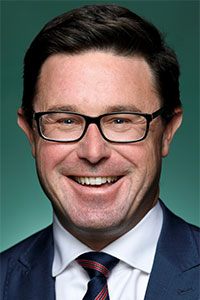
By David Littleproud
Leader of The Nationals
I read with interest the editorial on nuclear energy in last week’s South Burnett edition.
Like Anne Miller, I also think it’s important to look to history to draw on it and learn from it. We can reflect on the successes and the mistakes to drive better policy for the future, that will progress our society, to drive the technological change to make our lives safer and more comfortable.
I’m also the first to admit governments of the 1950s and 1960s didn’t always get it right in testing technological change, sometimes using questionable methods. However, some 60 years on, governments and society have learnt to have greater transparency and accountability from policy makers to do it better and without the consequences.
I fear to hold on to some of those failures of the past without being prepared to adjust and advance will only hold us back. That’s what will happen if we don’t adopt what the world has now proved ie. to safely adopt nuclear energy as a baseload zero emission power source that can maintain and grow our standard of living in Australia.
Australia has a decision to make. If we are to transition to a low-emissions economy from our coal-fired power assets, then what do we transition to?
Labor is proposing an all-renewables approach costed by Net Zero Australia at $1.5 trillion, which in my mind creates concentration risk by putting all our energy eggs in one basket. It won’t underpin manufacturing in this country without continued taxpayer subsidies and it can’t be trusted to even keep household lights on.
On the other hand, we can have an orderly transition of sweating out our coal assets and over time transition, some of them to nuclear energy, that can provide firming power, complemented and supplemented with gas and renewables, having a real energy mix.
The Coalition will priorities renewables to an environment they can’t destroy, to rooftops, rather than tearing up prime agricultural land and native vegetation while giving energy independence to households and business.
The Coalition has been clear; we will put these plants where existing coal-fired assets are, so we don’t need new transmissions lines that renewables require and that you’ll have to pay for. We will utilise existing water entitlements at these coal plants, while creating even more jobs that are higher paying than those currently required at existing plants.
Nuclear energy has been used in all but two G20 nations around the world for decades with reputable companies like Rolls Royce and Westinghouse now common providers to western nations across the globe. They continue to advance technology in the delivery of nuclear power, whether that be advancing small modular reactor (SMR) plants, through to medium size 1200-MGW plants around the world. This is the technology the Coalition will adopt that is tried and tested.
Many question where the waste will be stored, so let’s be upfront and straight about that.
Australia will have to find somewhere to store its waste for our new nuclear submarines, so we will store the civil waste alongside it, likely in central Australia, on land owned by the government.
Many don’t realise Australia has had a nuclear industry for over 70 years at Lucas Heights in Sydney, which has played a pivotal role in saving the lives of millions of Australians, young and old, through nuclear medicine. In fact, a quick real estate.com search still shows Lucas Heights as an industrial centre, with many adjoining suburbs like Bardon Ridge and Heathcote less than two kilometres away, with houses selling in excess of $1.5 million. So it would seem even Sydneysiders back Australians to get it right safely.
The cost continues to be raised as a barrier and the Commonwealth Scientific and Industrial Research Organisation (CSIRO) recently released their latest GenCost report on all potential energy sources, here in Australia. While I respect the CSIRO, there is a number of limitations in their assumptions that need to be called out.
Firstly, their costs don’t factor in all of the 28,000 kilometres of transmission lines required for Labor’s all-renewable approach. Secondly, CSIRO has made assumptions on the capacity the plants will operate, based on an energy mix assumption that we haven’t announced yet.
Running these facilities at 40 to 50 per cent capacity would cost more, so that’s why we will announce our total energy mix, so that we can demonstrate its running capacity and cost.
Thirdly, it assumes a payback period on a rate of return over 30 years. A nuclear power plant has a life of between 80 and 90 years, so the CSIRO failed to account for any return for the 50 plus years of operation past their assumption period. Renewable projects at best have a 20-year life span, so there would be three times, even four times, capital turnover required for these projects.
Our nation’s energy future is at a crossroads and the choice is clear between ourselves and Labor, being an all-renewables approach to all-technology approach, that provides a greater amount of higher paying jobs, plus zero emissions and base load power to give us a manufacturing future.
I believe we need to change the culture in this country, from one that says why we can’t do things, to one that says how we can and backs ourselves and our people to get it right.
That’s the future I believe in for my kids and our nation’s future.
- Related article: Editorial – The Nuclear Option … Past & Present










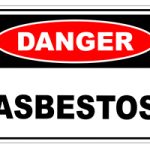


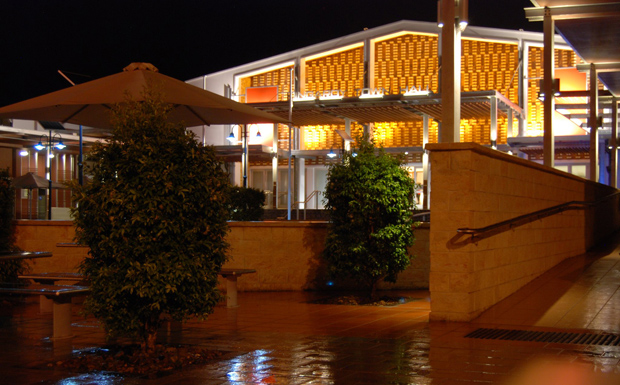
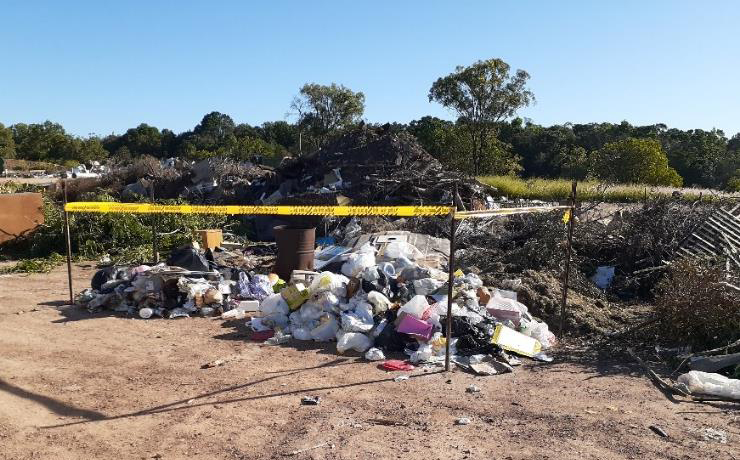
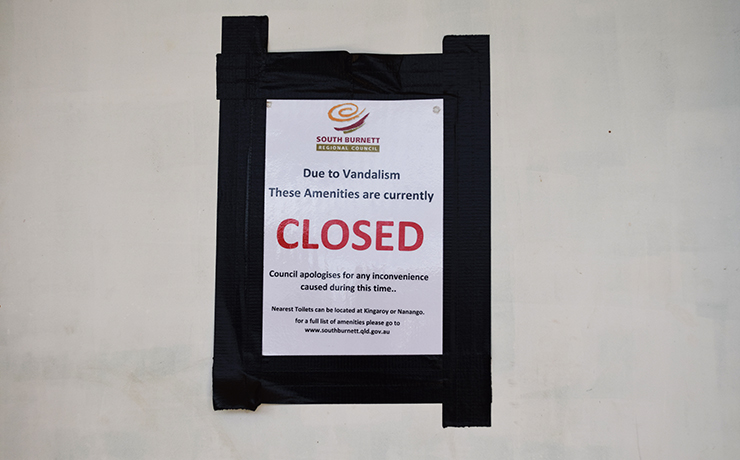
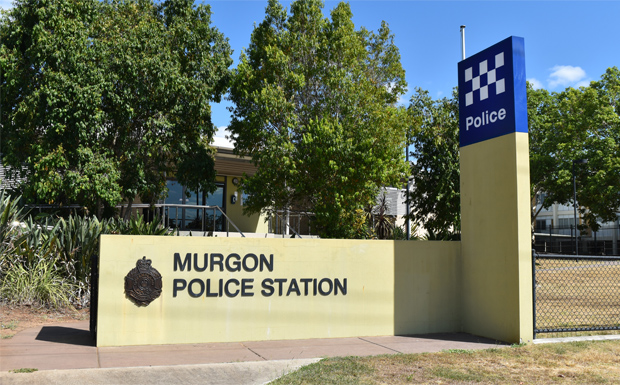

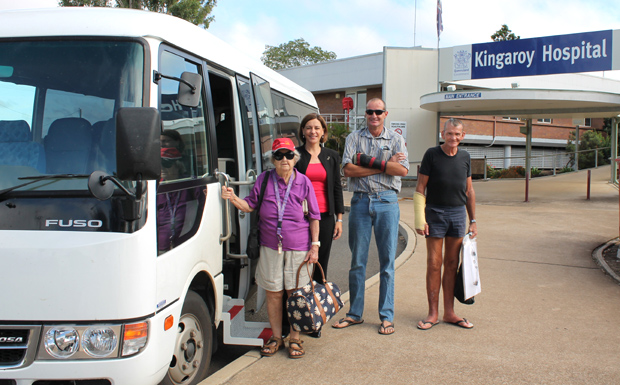
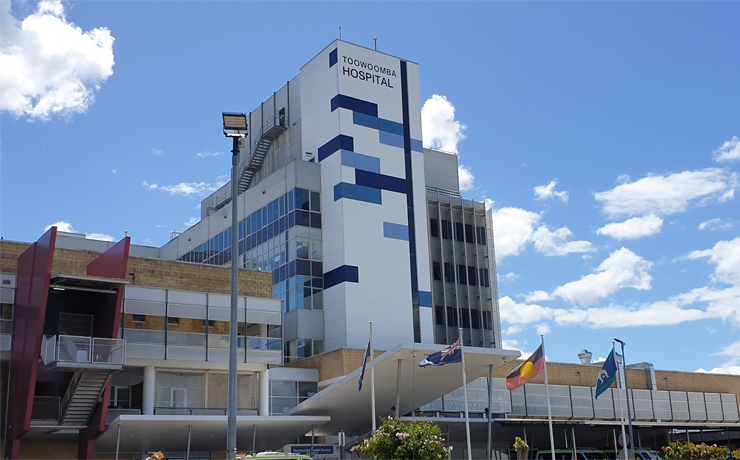
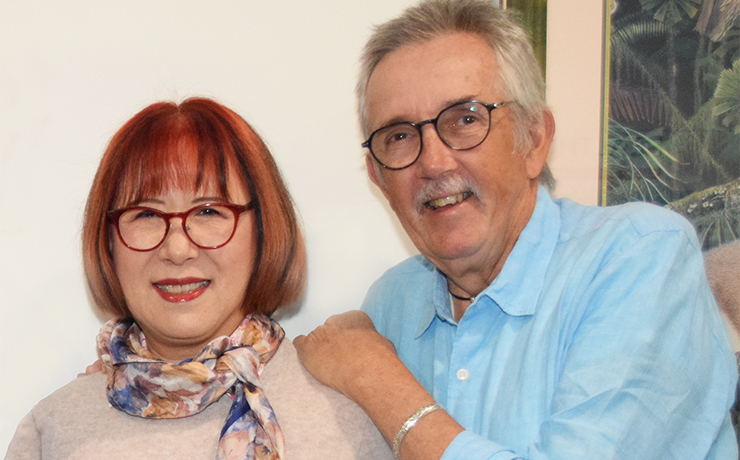



The Federal Member for Maranoa seems to be happy to have a Nuclear Reactor next to his property. The cost and the inherent lack of planning, public consultation and safety analysis of this proposal is recklessness of the highest order. None of the politicians involved in this will ever be held accountable.
To pick up just one of the many furphies and falsehoods in Littleproud’s comments, he’s promoting Westinghouse. The company that started building two AP1000 reactors in South Carolina and then abandoned the project in 2017 after A$13 billion was wasted on the project. Two AP1000 reactors in Georgia were recently completed at a cost of A$25 billion per reactor.